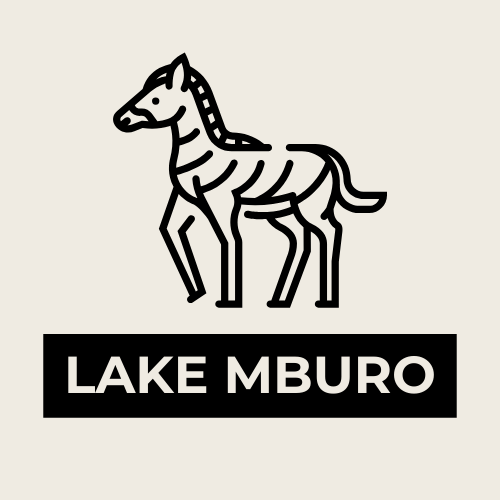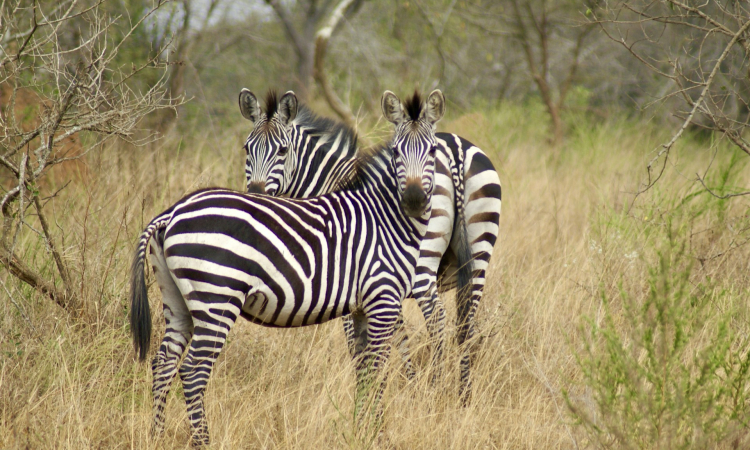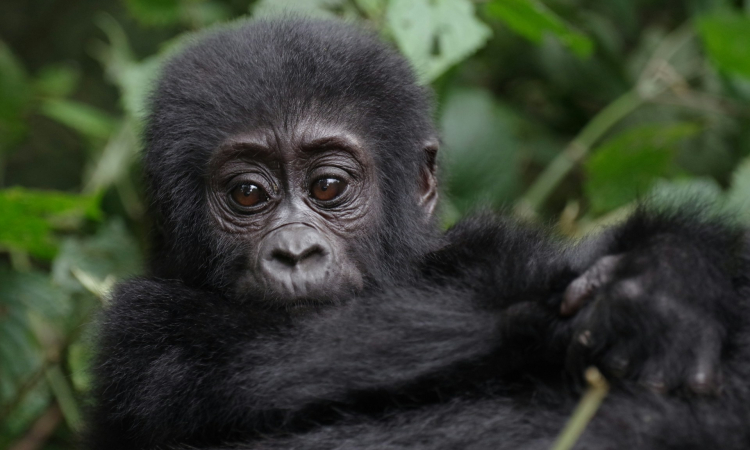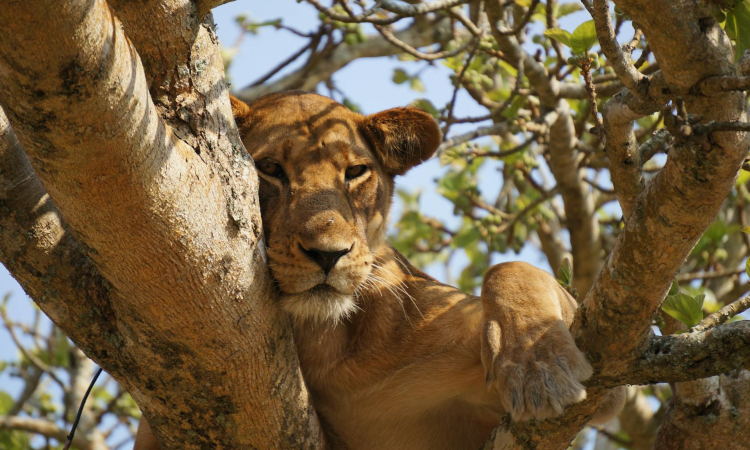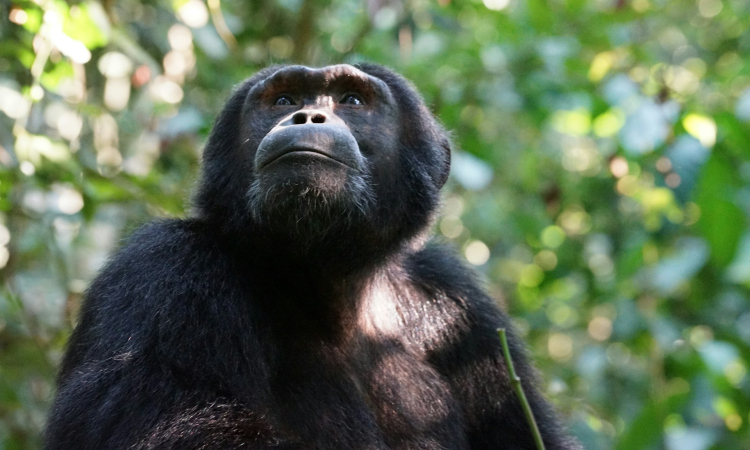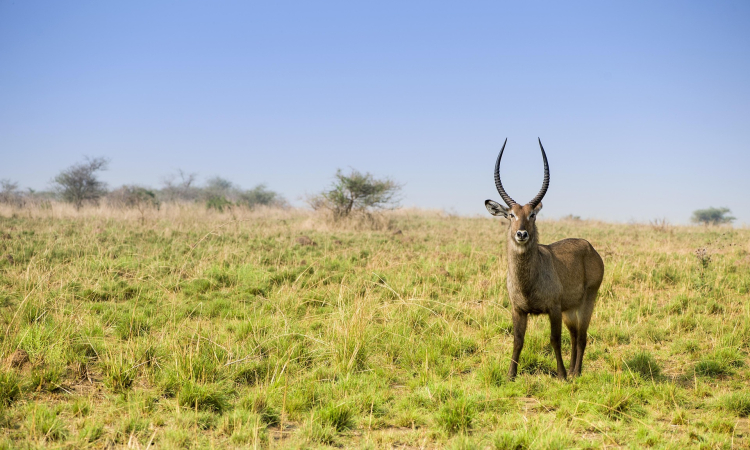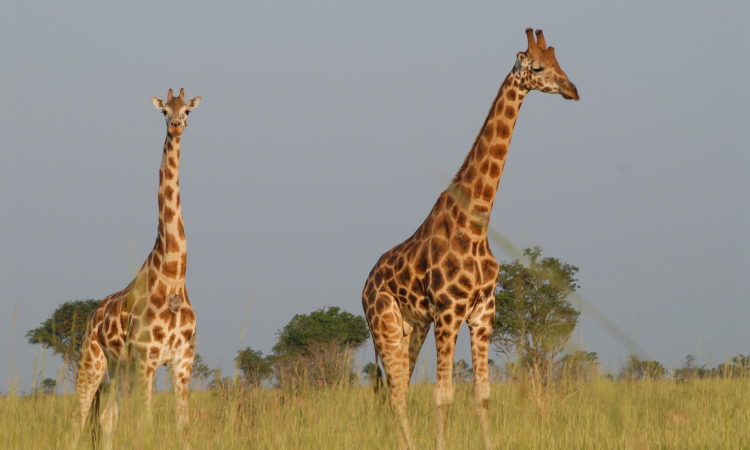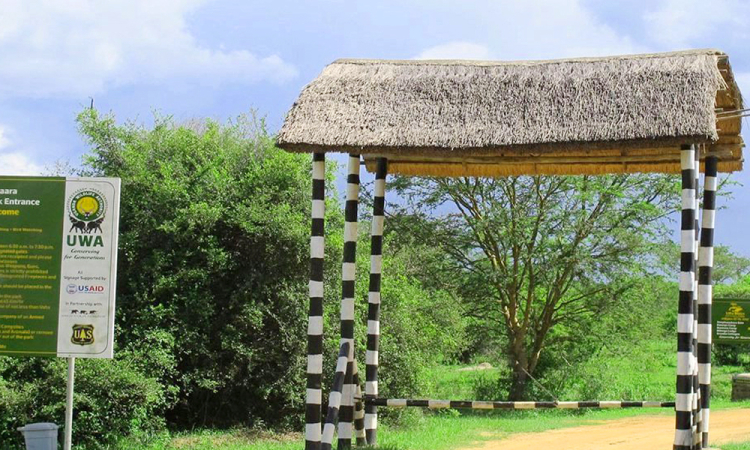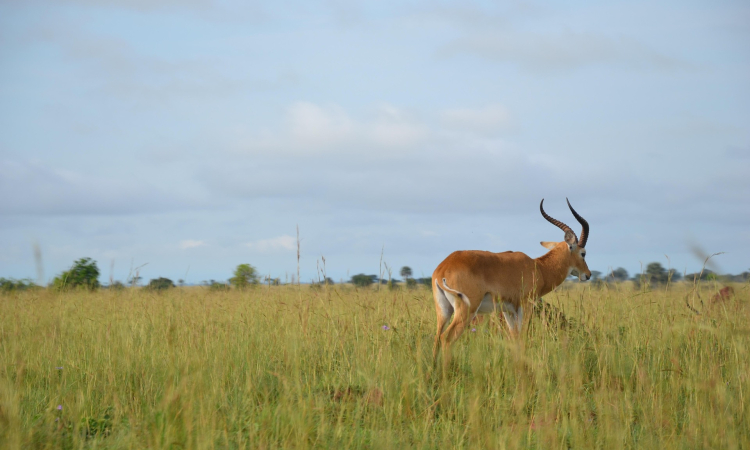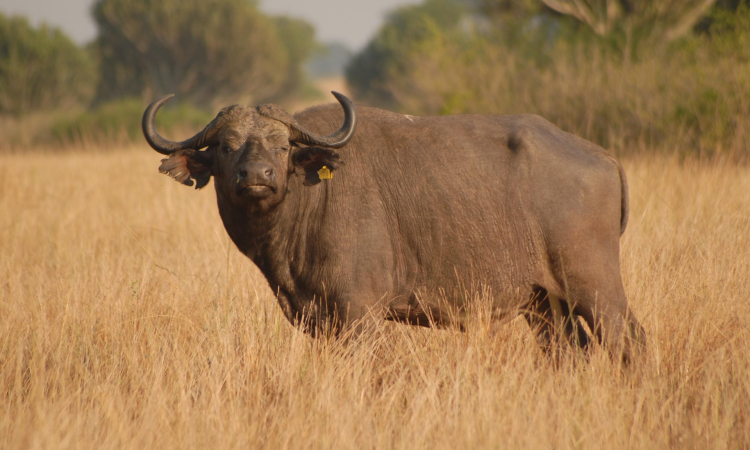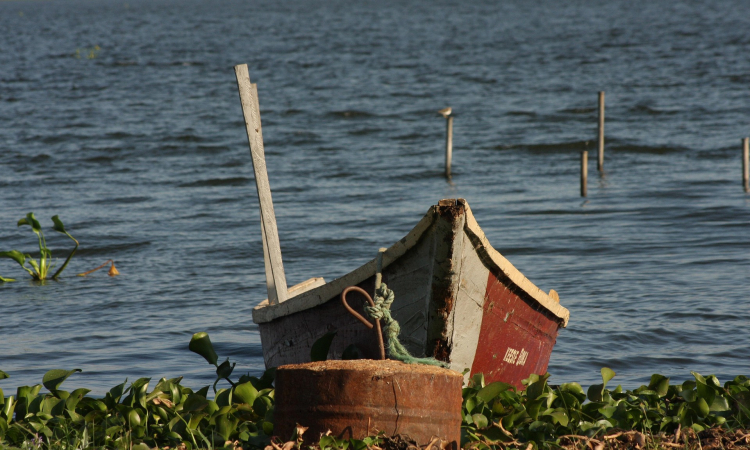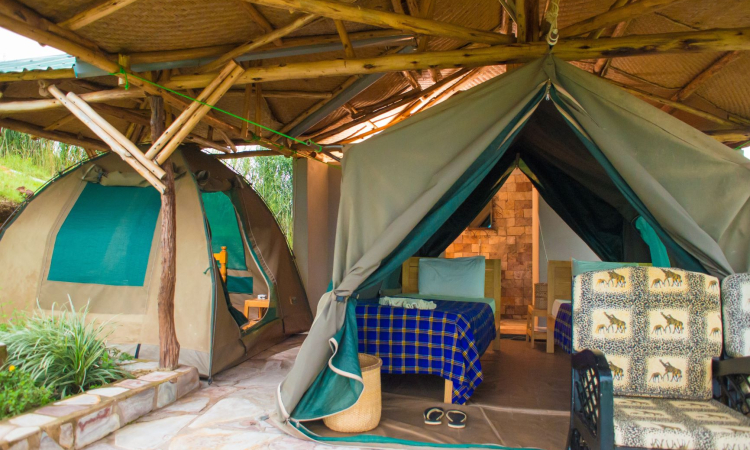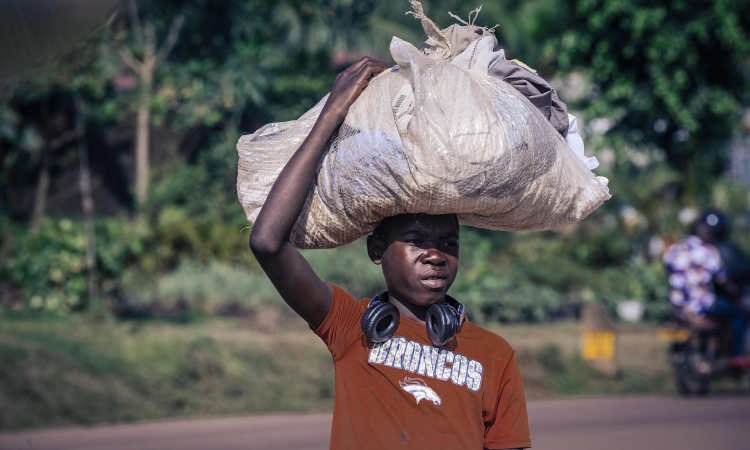Ultimate Guide for Booking Lake Mburo National Park Safaris in Uganda
Lake Mburo National Park covers about 370 square kilometers, making it Uganda’s smallest Savannah park. It was named after Lake Mburo, the largest lake in the area, which together with 13 other lakes forms part of a 50-kilometer wetland system connected by swamps.
About 20% of the park is wetland, while much of the rest is covered by woodland. There are no elephants here, so the vegetation is not heavily disturbed.
History of Lake Mburo
Lake Mburo was first gazetted in 1933 as a Controlled Hunting Area. In 1963 it became a Game Reserve, but local Bahima pastoralists continued to graze cattle inside the reserve. It was later upgraded to National Park status in 1983. This caused tension, as pastoralists were evicted without compensation, leading to conflicts and wildlife poisoning.
Over the years, relations have improved through sensitization programs and revenue-sharing schemes. As a result, hostility has reduced and wildlife numbers have grown.
Park Entry Fees
Vehicle and visitor entry fees for Lake Mburo National Park depend on the visitor category. These are divided into East African Community citizens, foreign residents, and foreign non-residents.
Adults pay USD 40 for foreign non-residents, USD 30 for foreign residents, and UGX 20,000 for East African Community citizens.
Children pay USD 20 for foreign non-residents, USD 10 for foreign residents, and UGX 5,000 for East African Community citizens.
All entry fees are valid for 24 hours. They do not include park activities, which are charged separately.
Flora & Fauna
Despite its small size, the park has many habitats, including thickets, grassy valleys, lakes, wetlands, wooded savannah, dry hillsides, forest galleries, and rocky outcrops. The savannah plains are dotted with ridges, gorges, and papyrus swamps, while narrow belts of woodland line the lakeshores.
Lake Mburo has over 70 species of mammals. It is the only park in Uganda where you can see impalas. Other animals include Burchell’s zebras, sitatungas, reedbucks, oribis, Cape buffaloes, Rothschild’s giraffes, Defassa waterbucks, topis, warthogs, olive baboons, klipspringers, elands, vervet monkeys, leopards, spotted hyenas, bush pigs, genets, jackals, hippopotamuses, and bushbucks.
The park is also home to around 350 bird species, such as African scops owls, African finfoots, shoebill storks, grey-crowned cranes, saddle-billed storks, red-faced barbets, African fish eagles, yellow warblers, brown-chested lapwings, and Carruther’s cisticolas. Rubanga Forest is especially good for birdwatching, with species such as the bare-faced go-away bird, Nubian woodpecker, Ross’s turaco, and blue-breasted kingfisher.
Tourist Activities in Lake Mburo National Park
- Boat rides: Boat rides on Lake Mburo give visitors a chance to see hippos, Nile crocodiles, and water birds such as shoebill storks, grey-crowned cranes, African fish eagles, and finfoots.
- Game drives: Guided game drives with park rangers are offered in the morning, afternoon, and evening. Night drives begin around 6:30–7:00 pm and reveal nocturnal animals like spotted hyenas, leopards, and bush babies. During daytime drives, visitors often see zebras, giraffes, buffaloes, impalas, elands, topis, warthogs, and more.
- Guided bush walks: Walking safaris are a great way to explore the park more closely. Walks are led by armed guides and cover areas such as salt licks, lakeshores, and Rwonyo. These walks bring visitors close to wildlife and provide information about plants and animals.
- Bird-watching: The park is famous for its bird-life. Rubanga Forest is one of the best birding spots, but birds can be seen throughout the park.
- Horseback rides: Horseback safaris are available through Mihingo Safari Lodge. They offer both morning and afternoon sessions. Riding among zebras, giraffes, elands, and antelopes makes this a special experience.
- Sport fishing: Lake Mburo has six fish species, with tilapia being the most common. Sport fishing is done at Mazinga, and participants need a permit from the Uganda Wildlife Authority and their own fishing gear.
- Rubanga Forest walks: Rubanga Forest has trails where visitors can see tree species, primates such as vervet monkeys and red-tailed monkeys, and many birds including woodpeckers, lovebirds, turacos, and kingfishers.
- Cycling safaris: Guided cycling tours let visitors ride through savannah plains and valleys while spotting animals like zebras, giraffes, buffaloes, and impalas.
- Quad biking: Lake Mburo is the only park in Uganda where quad biking is offered. Trails such as the Ruroko Trail and Ankole Trail take visitors through areas where impalas, reedbucks, giraffes, and warthogs can be seen.
Location of Lake Mburo
The park is located in Kiruhura District, western Uganda, near the Kampala-Mbarara highway. It lies about 30 kilometers east of Mbarara City and 240 kilometers west of Kampala, making it the closest national park to the capital.
Best time to visit Mburo
Lake Mburo National Park is located in the cattle dry corridor between Lake Victoria and the Rwenzori Mountains. It has a semi-arid climate and receives two main rainy seasons each year.
The dry months are January, February, June, July, August, September, and December. These months are the best for game viewing because many trees and shrubs lose their leaves and most water sources dry up. Animals gather around the few remaining waterholes, making them easier to see.
The park receives an average of about 800 millimeters of rain each year. March, April, May, October, and November are the rainy months. During this time, the park becomes green and is excellent for birdwatching, as many birds breed during the rains. The wet season also brings the birth of many young animals.
How to get there
Lake Mburo National Park is about 240 kilometers west of Kampala. By road, visitors can use the Kampala–Masaka–Lyantonde route, then branch off to Nshara Gate, which is about 50 kilometers before Mbarara. Another option is the Kampala–Masaka–Sanga route, which branches off at Sanga Gate, about 35 kilometers before Mbarara.
The park can also be reached by air. Charter flights land at Nyakisharara Airstrip near Mbarara, from where visitors continue to the park by road.
Accommodation in Lake Mburo National Park
Lake Mburo National Park has many accommodation options for all budgets. Visitors can stay in safari lodges, tented camps, or campgrounds, either privately run or managed by the Uganda Wildlife Authority.
Budget options include Rwonyo Rest Camp, Eagle’s Nest Camp, and the Conservation Education Center.
Midrange and luxury options include Mihingo Safari Lodge, Arcadia Cottages, Kigambira Safari Lodge, Mantana Tented Camp, Lake Mburo Lodge, Rwakobo Rock, and Leopard Rest Lodge, among others.
